Advertisements
Advertisements
Question
Find the area of the shaded portion in the following figure.
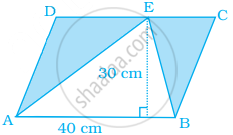
Solution
Area of shaded region = Area of the parallelogram ABCD – Area of ΔABE
∵ Area of a parallelogram = Side × Height
∴ Area of a parallelogram ABCD = 40 × 30 = 1200 cm2
Area of ΔAEB = `1/2 xx AB xx EF`
= `1/2 xx 40 xx 30`
= 600 cm2
∴ Area of shaded region = 1200 – 600 = 600 cm2
APPEARS IN
RELATED QUESTIONS
Identify the net which can be used to make cube (cut out copies of the net and try it):

Identify the net which can be used to make cube (cut out copies of the net and try it):

Identify the net which can be used to make cube (cut out copies of the net and try it):
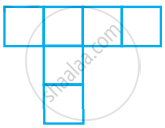
Make 8 triangles using 6 matchsticks. Try!
In a three-dimensional shape, diagonal is a line segment that joins two vertices that do not lie on the ______ face.
A pentagonal prism has ______ faces.
Every solid shape has a unique net.
Find the area of the shaded portion in the following figure.
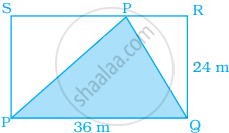
Find the area of the shaded portion in the following figure.
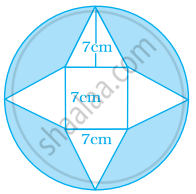
Find the area of the shaded portion in the following figure.

Work out the surface area of following shape (use π = 3.14).
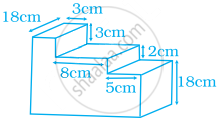
A solid with no vertex is ______.
Draw a net of the solid given in the figure:
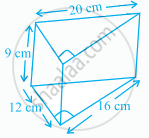
The circle, the square, the rectangle and the triangle are examples of plane figures.
The circle, the square, the rectangle and the triangle are examples of plane figures.
The circle, the square, the rectangle and the triangle are examples of plane figures.
The circle, the square, the rectangle and the triangle are examples of plane figures.
The circle, the square, the rectangle and the triangle are examples of plane figures.
